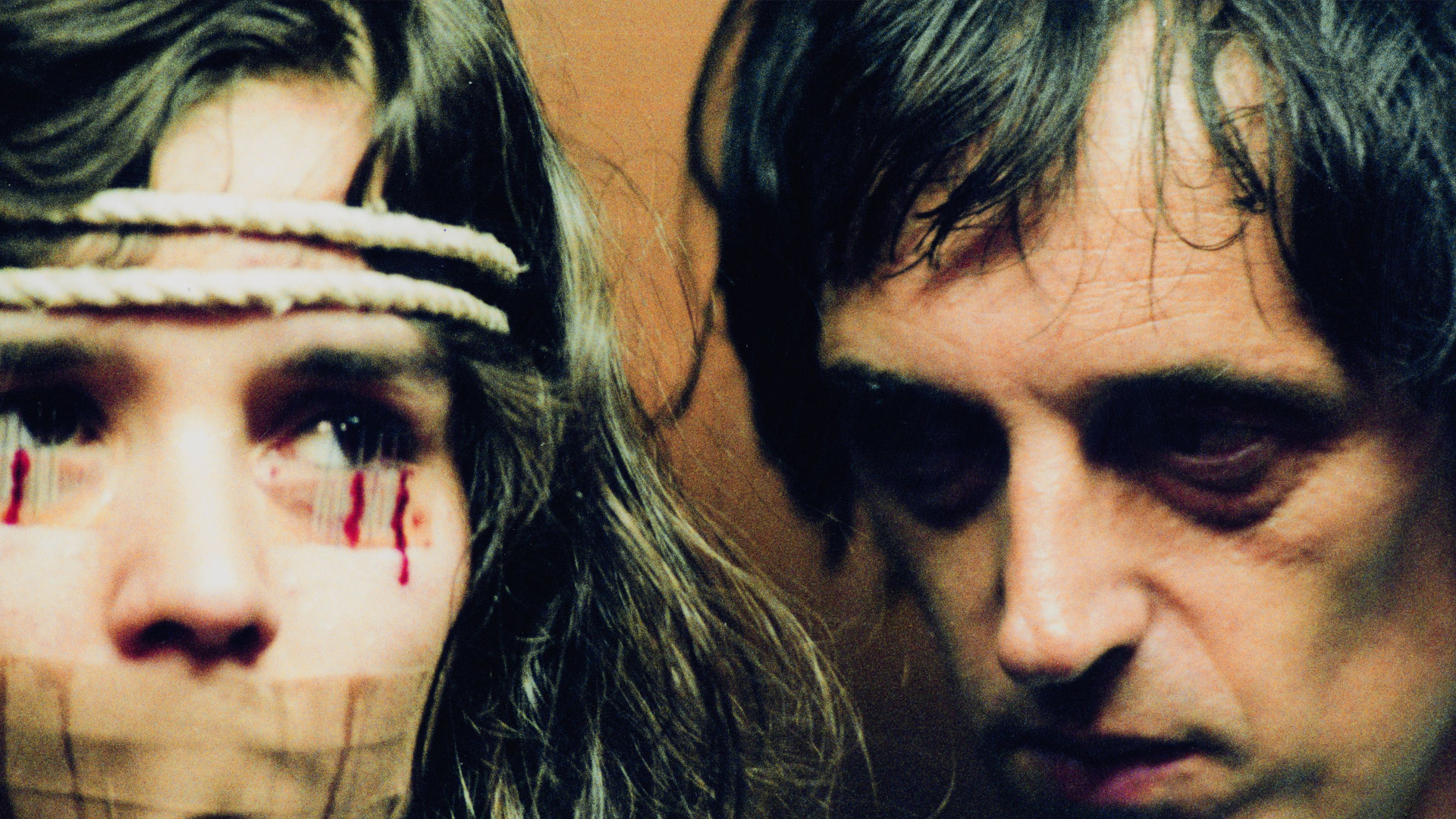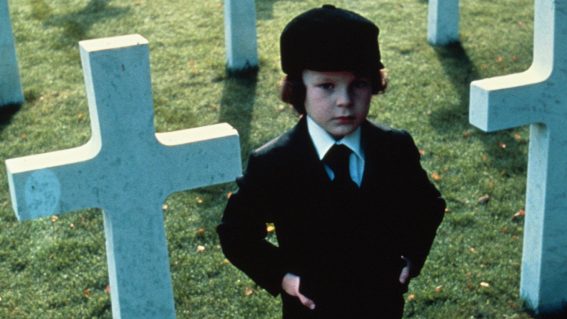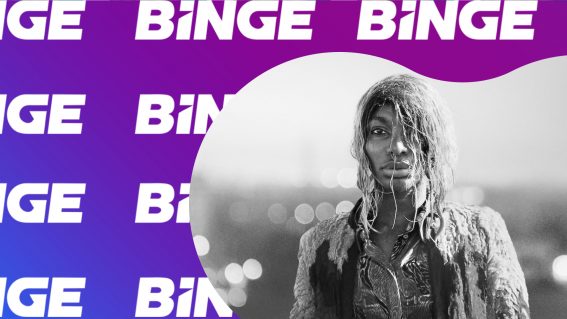A new doco and a long-term fan celebrate legendary horror director Dario Argento

As new documentary Dario Argento Panico grapples with the Italian maestro’s legacy, long-term fan Matt Glasby attempts to do the same.
Dario Argento is, quite simply, one of the greatest living horror directors. His unbroken run of classics from 1975’s Deep Red to 1987’s Opera is unmatched by anyone, even Cronenberg and Carpenter.
He’s also, as I found out when I interviewed him in 2009, absolutely nuts. I was a young, green film journalist who’d just fallen under the spell of his movies, burning through them on bad DVDs with a narcotic fervour. He was a jetlagged 68-year old with a rather shakier grasp of English than might be desired.
Unfortunately, I only realised this as I launched into my first, extensively over-researched, question. Once I’d finished speaking, he looked at me kindly but blankly, gave a one-word answer—much was more than I could have managed in Italian—and the best/worst interview of my life began. The next 20 minutes passed in a blur of mutual misunderstanding and nightmarish mime.
I asked about his new film, the admittedly terrible Giallo, and he said, “The American producers…” then shook his head. “Americans.” I asked about his vegetarianism, then showed him my Vegetarian Shoes-branded trainers, to some confusion. “It’s better for health,” he offered. I asked about his favourite murder from his films and he decided, “Coralina Cataldi-Tassoni [in Opera],” before proceeding to mime a dying woman swallowing a necklace, only to have her throat cut to retrieve it.
When I asked about working with a chimpanzee in 1986’s Phenomena, he told me it bit star Jennifer Connolly. Then he did an impression that stays with me to this day. Sadly, when I came to type it up, all I could manage was “[Argento pretends to be an enraged chimpanzee]”, which doesn’t quite convey the madness of your hero acting out a primate attack in a busy hotel restaurant. You had to be there, I guess. We ended the session on good terms. He even signed my DVD, a possession I treasure to this day.
Luckily, as this was for a film mag that didn’t pay its journalists, I didn’t mind handing in a piece that was the literary equivalent of charades. When it was published online a lone poster commented: “That’s some next-level shit.” He wasn’t wrong.
For a more coherent deep dive, Simone Scafidi’s new documentary Dario Argento Panico for Shudder shows Argento as both a great artist and a great eccentric.
There’s some excellent archive of him on set, rail-thin, pale as a mortician, with his trademark do-it-yourself bowl cut. We even see him obsessively recording his own sound effects by rustling some big plants.
An impressive list of interviewees pay tribute. They include film-makers Guillermo del Toro, Nicolas Winding Refn and Gaspar Noé; Argento contributors such as assistant director Michele Soavi (although his long-term collaborator, muse and partner Daria Nicolodi died in 2020); his daughters Fiorentina (who meets a memorable end in Phenomena) and Asia (who starred in many of his later films)—even his ex-wife Marisa Casale. And we learn about his life immersed in art.
His father Salvatore was a producer and his mother Elda Luxardo photographed the stars of the era, giving young Dario an obsession with how the camera captures and distorts beauty. Later, he worked as a ballet critic and wrote screenplays, including a story credit on Sergio Leone’s 1968 spaghetti Western Once Upon a Time in the West.
He made his directorial debut with 1970 giallo The Bird with the Crystal Plumage, merging what Bava and Hitchcock had done with his own sensibilities. It did so well that even Hitchcock admitted: “That Italian is starting to worry me.”
Since then he made the greatest giallo of all time in 1975’s Deep Red, moved into supernatural with 1977’s Suspiria, tried his luck in America for 1980’s Inferno, created 1982’s self-reflexive Tenebrae, 1985’s bonkers Phenomena (the reason for that monkey impression), and the artfully nasty Opera, although his output has been patchy since the 1990s.
Generally speaking, it seems people who are into horror—and for god’s sake steer clear if you’re not—are either massive Argento fans, or can’t stand him. His films are eccentric, often badly dubbed, highly stylised and eye-wateringly violent, unfolding with the logic of a nightmare. As Del Toro puts it, “Argento crosses the line”. But what they are most of all is his. Argento he says about Deep Red: “I was digging into the depths of my soul.”
So one character lost in Suspiria’s ballet school tumbles headfirst into a roomful of barbed wire. In Inferno, Rose (Irene Miracle) explores a cellar only to find an impossible underwater ballroom beneath; Phenomena’s Jennifer Corvino (Connelly) can make insects do her bidding (but not chimpanzees).
All of this is set to throbbing scores (often courtesy of Italian rockers Goblin) and shot with wild camera moves and swollen colours. But there’s substance too. A lonely bar in Deep Red is styled to match Edward Hopper’s 1942 painting Nighthawks. Suspiria was inspired by Thomas De Quincey’s 1845 essay Suspiria de Profundis. Phenomena takes place in alternate world where the Nazis won the war. And these are just background details.
Because the lead characters are often female, and always terrorised, Argento’s films have been called misogynist. But they’re actually marbled with progressive, transgressive sexuality and packed full of strong women, especially those played by Nicolodi and his daughter. Mostly, you get the sense Argento adores women, rather than just wanting to destroy them.
The violence, when it comes, is imaginative and deeply personal, with injuries you can feel. Witness Deep Red’s catalogue of woes: a scalding here; a smashed face there; or Opera’s famous image of its heroine Betty (Cristina Marsillach) with needles taped under eyes, forced to watch. As Del Toro puts it, “Everything in Dario’s movies is trying to kill you.”
But mostly art is the real danger. In The Bird with the Crystal Plumage, a murder happens in the doors of a gallery; in Deep Red, a painting hides the identity of the killer; and in Tenebrae, an author is stalked by an obsessive fan, as Argento was, and someone gets killed by a falling statue.
If it’s often overwhelming—like the opening of Suspiria, one of the scariest 15 minutes committed to celluloid; or the end of Phenomena, which is among the most insane WTF?-fests you’ll ever experience—it is also, inarguably, some next-level shit.
















